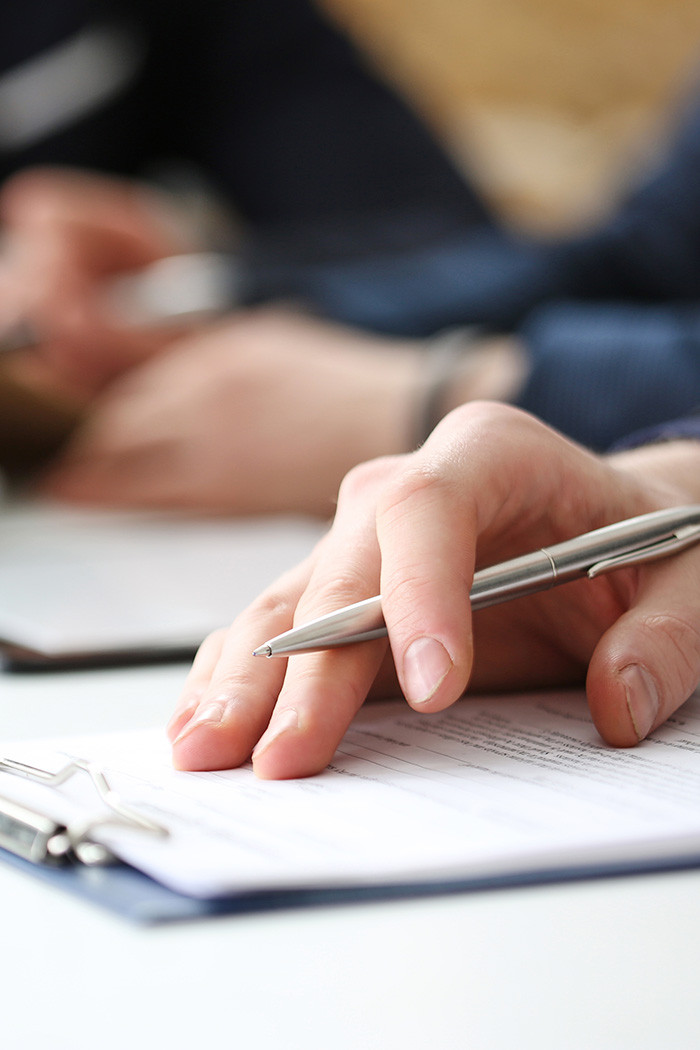After the Fire: A Recovery Guide – Documenting Your Loss

After a fire loss, you will generally find yourself making lists of things lost or damaged. This is tedious, necessary work.
Some tips to follow.
If you are pursuing an insurance claim and you have a total loss, some carriers will waive the proof of loss requirement and simply pay the policy limits. If the carrier isn’t waiving anything or you have a partial loss, then you can stop your list once the values are at or slightly above your policy limits.
Even so, you may wish to prepare a complete list, either for completeness’ sake, or just in case there is a need to make a claim outside of insurance.
A computer spreadsheet is a great place to start your list. Some people want to write everything down on a sheet of paper or use a word processor, but that’s not your best solution.
Computer spreadsheets are designed to mix up words and number in a way that the numbers can be added up and the words describe what the numbers mean. I run into people all the time whole have elaborate lists of things with dollar values that can’t be added or sorted easily. A computer spreadsheet solves that problem and can save a huge amount of time.
Trying to reconstruct what you’ve lost can be fairly straightforward if the items are only damaged. Total loss is a whole other critter.
Some people have a home inventory that they keep “just in case.” That isn’t most people, though. Besides, even a well-prepared person isn’t likely to keep their inventory current. But if you have one, it will be a blessing now.
Probably the best strategy is not to try to remember everything in your entire home or building at once. Sit down, draw a floorplan and then start working room by room. If it helps, break up the rooms into sections and start with just one corner. Continue methodically from there. Don’t try to finish in one session. Work for no more than an hour to an hour and a half, then take a break. It’s a distance race, not a sprint.
If you have photos they are a great resource. Maybe there is video of your home prefire; with all the smart phones out there that happens more and more. Even if you don’t have photos from before the fire, get plenty of the damage. Organize your visual evidence by room.
If you have receipts, this is the time to get them organized. Copies of receipts are strong evidence of what you lost. Also, don’t forget any records you might have kept on computer.
Family and friends can help you fill in the gaps for the things you can’t quite recall. Visits to a housewares shop or department store can jog your memory. You can even use a bridal registry scanner to get prices for things you lost.
Browsing on Amazon or an online shop can be helpful as well. Search for a lost item, say a frying pan, then look at the other items that pop up as related in the “customers who bought this item also bought” section. You’ll see additional things like spatulas, mixers, mandoline slicers and other such knick-knacks that you might have otherwise overlooked.
On line stores will also help you get replacement cost prices for lost or damaged items.
Share this resource
Schedule a free consultation
Find the answers and financial compensation you need to recover.